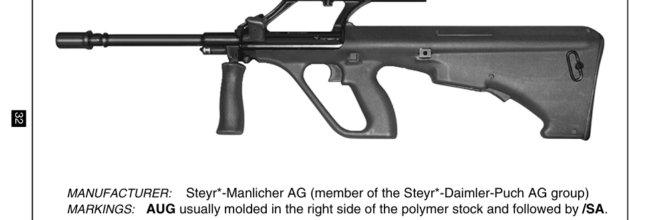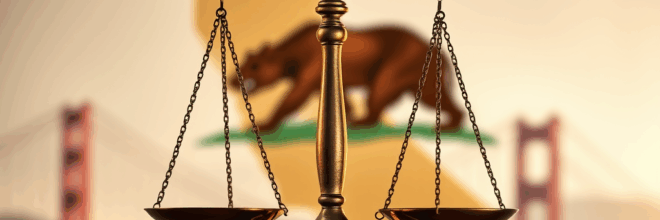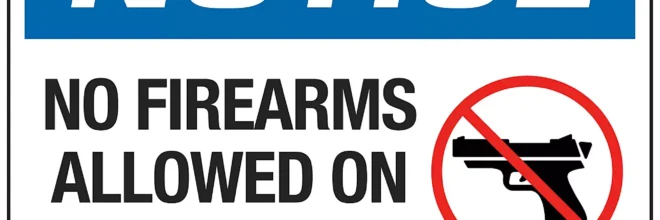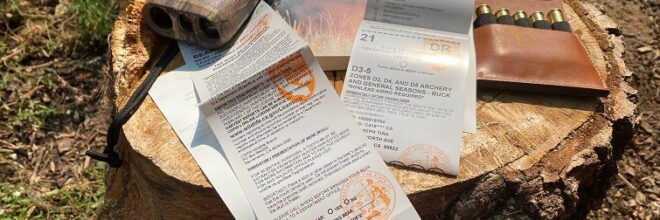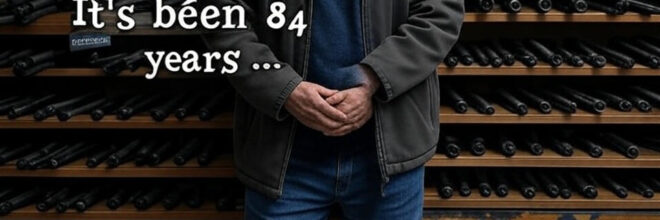LASD’s Concealed Carry Permit Processing: A Post-Bruen Boom, Backlog Battle, and Federal Intervention
The U.S. Supreme Court’s 2022 decision in New York State Rifle & Pistol Association v. Bruen fundamentally reshaped America’s concealed carry landscape, invalidating subjective “may-issue” permitting schemes and ushering in a more objective “shall-issue” era. In Los Angeles County—one of California’s most populous and historically restrictive jurisdictions—the ruling triggered a dramatic surge in Concealed Carry Weapons (CCW) applications, overwhelming the…read more →




